Welcome to our guide on discovering the top spots in Florida to see roseate spoonbills. These fascinating birds, known for their pink feathers and distinctive spoon-shaped bills, are a true marvel of nature.
In this article, we will guide you across the Sunshine State, identifying the prime locations where you can observe these graceful creatures in their natural habitat.
From coastal areas to hidden marshes, we'll provide you with essential information to enhance your chances of spotting these unique birds.
We'll also share insights into their remarkable characteristics and behaviors. We'll learn about their plumage, feeding habits, and graceful flight patterns.
Moreover, we'll shed light on the vital conservation efforts dedicated to protecting these birds. Additionally, we'll discuss the challenges they face and the measures being taken to ensure their survival for future generations.
Let's begin our exploration of Florida's enchanting roseate spoonbills together.
Florida's Pink-Feathered Marvel: The Roseate Spoonbill
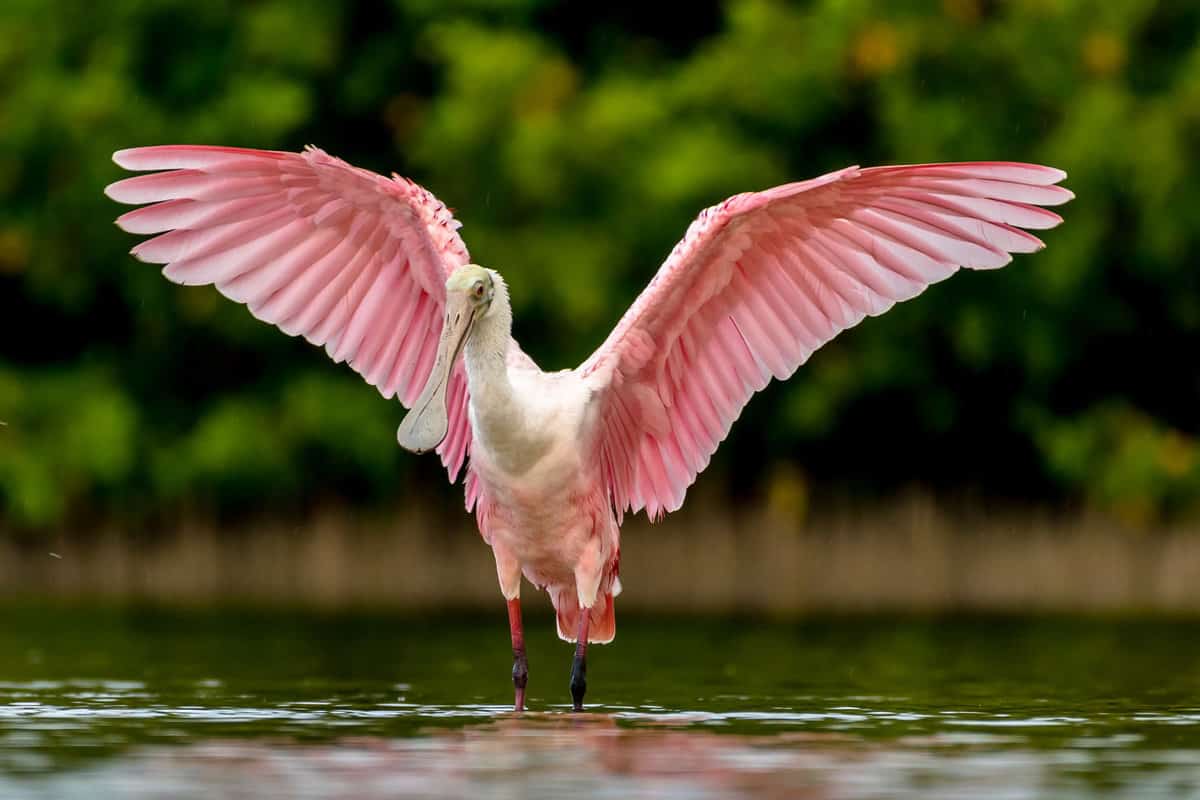
Meet the roseate spoonbill, Florida's pink-feathered beauty!
These stunning birds are easily recognizable by their bright pink plumage and distinctive spoon-shaped bill. They're a sight to behold and attract bird enthusiasts from all over the world.
The roseate spoonbill can be found throughout the state, but they're most commonly seen in the southern regions, particularly in the Everglades and the Florida Bay.
These areas provide the perfect environment for the birds to thrive and can offer visitors a chance to observe them up close:
Best Spots To See Roseate Spoonbills In Florida
1. Myakka River State Park
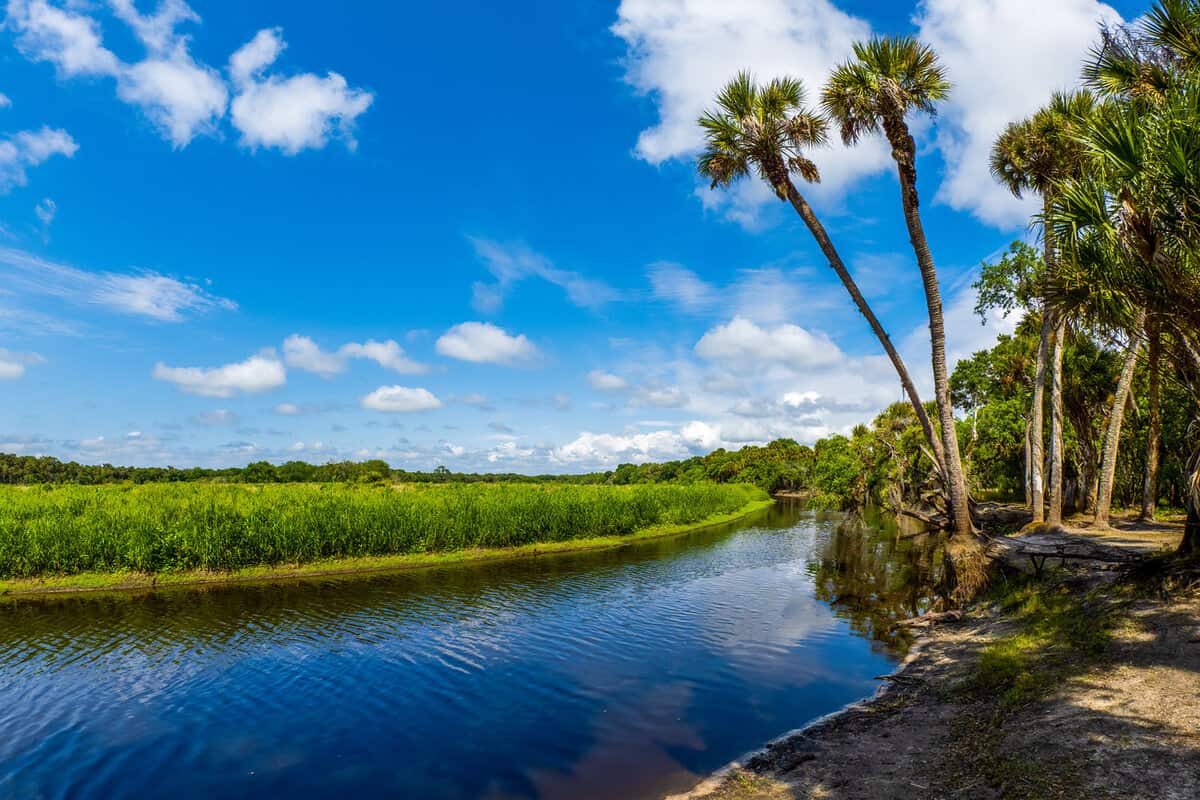
Located near Sarasota on the Gulf Coast, Myakka River State Park is a birdwatcher haven.
Its wetlands and marshes provide the perfect environment for roseate spoonbills, which can often be seen gracefully wading through shallow waters as they search for food.
The park sustained damage from Hurricane Ian in September 2022 but is currently being restored.
The canopy walk and bird boardwalk have reopened. Other areas, including cabins, are expected to reopen in January 2024, so visitors can look forward to experiencing the park's beauty again.
2. St. Augustine & Anastasia State Park
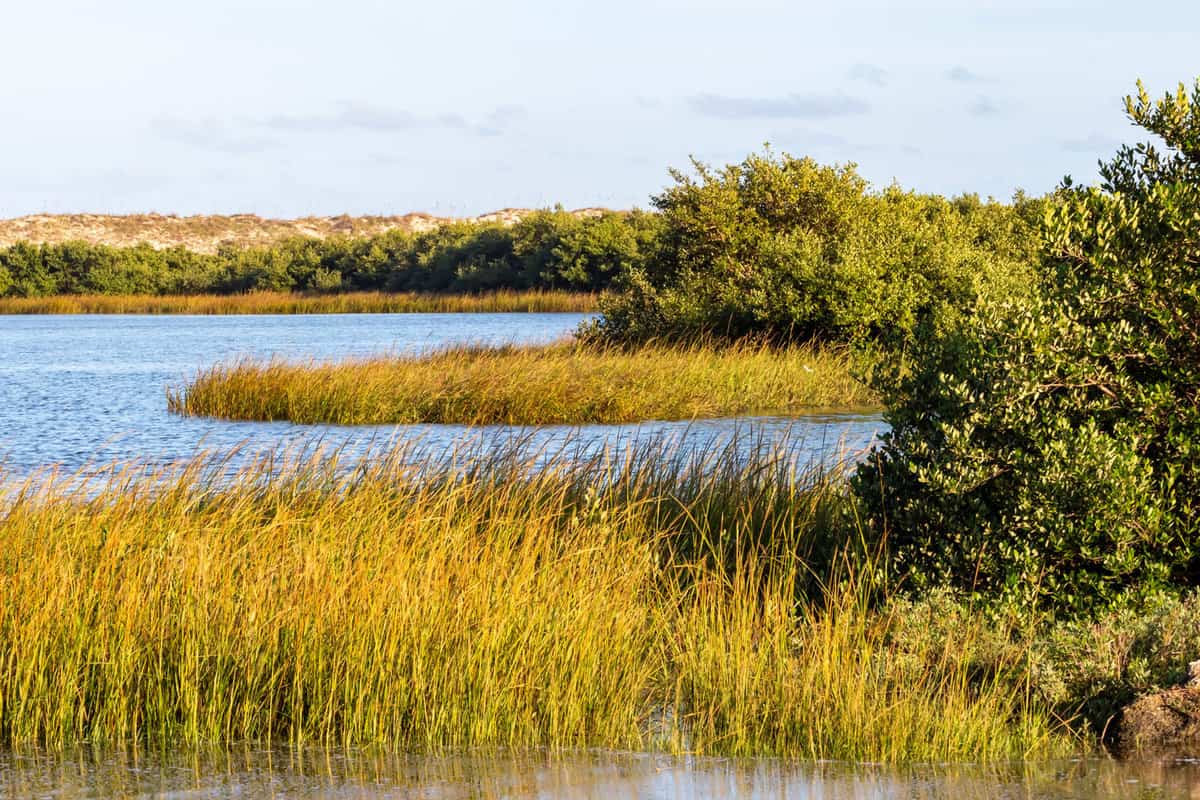
Nestled on Florida's Atlantic Coast, St. Augustine is a historic city boasting the nearby Anastasia State Park.
This park is a haven for various bird species, including the roseate spoonbill, and offers ample hiking and wildlife viewing opportunities.
Participating in the educational Bird Walk Program at Anastasia State Park is a fantastic way to observe various shore, marsh, and hammock birds while exploring the beach, boardwalks, nature trails, and other areas.
Renting a kayak or canoe to explore the park's estuarine tidal marsh can provide a truly mesmerizing experience, as you may spot dolphins, manatees, sea turtles, fish, crabs, and more, along with the captivating roseate spoonbills.
3. Ding Darling National Wildlife Refuge
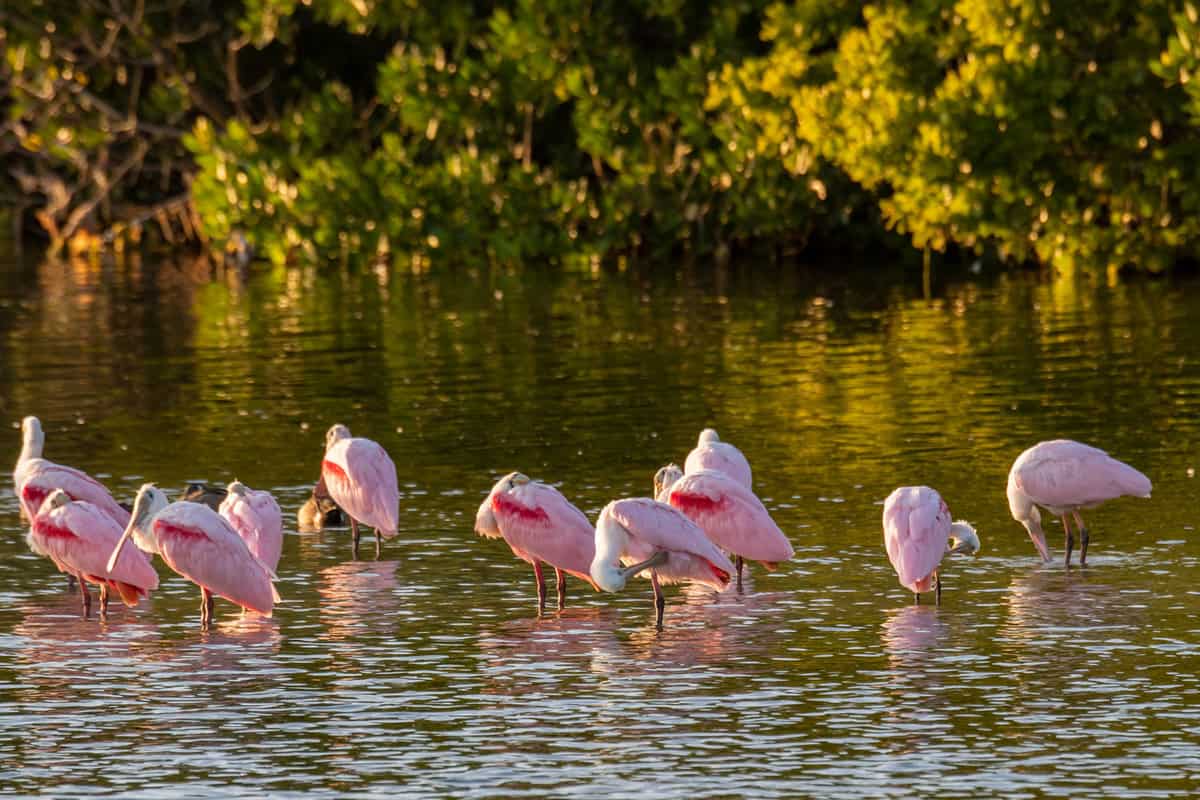
Situated on Sanibel Island along the Gulf Coast, this 6,400-acre refuge is a paradise for wildlife enthusiasts.
The refuge's diverse habitats, including mangroves, wetlands, and mudflats, attract a rich assortment of bird species, including the roseate spoonbill.
Visitors can enjoy driving, biking, or walking along the refuge's Wildlife Drive, which offers excellent birdwatching and wildlife photography opportunities.
4. Merritt Island National Wildlife Refuge
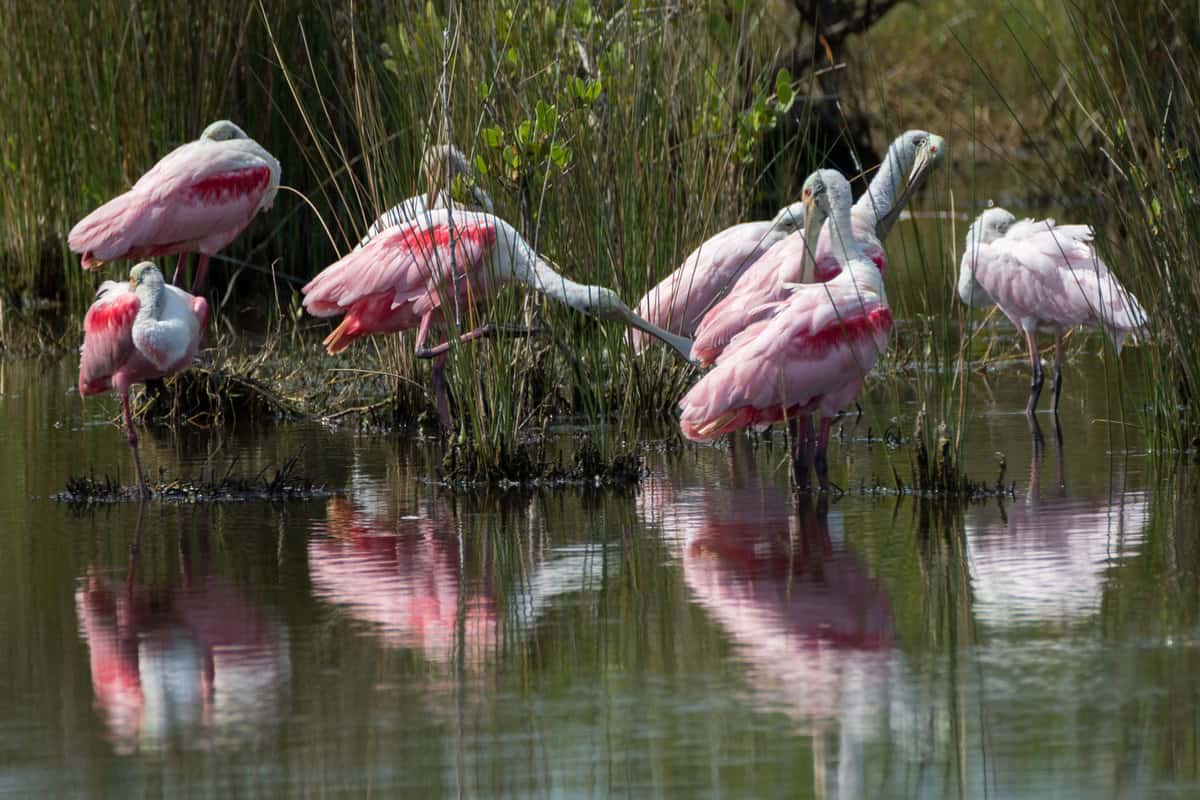
For a memorable encounter with these pink beauties, head to Merritt Island.
This refuge is home to various bird species, and the roseate spoonbill is among the highlights.
Visitors can explore the refuge's trails, drive along the Black Point Wildlife Drive, or take a boat tour to catch glimpses of these magnificent birds.
5. St. Marks National Wildlife Refuge
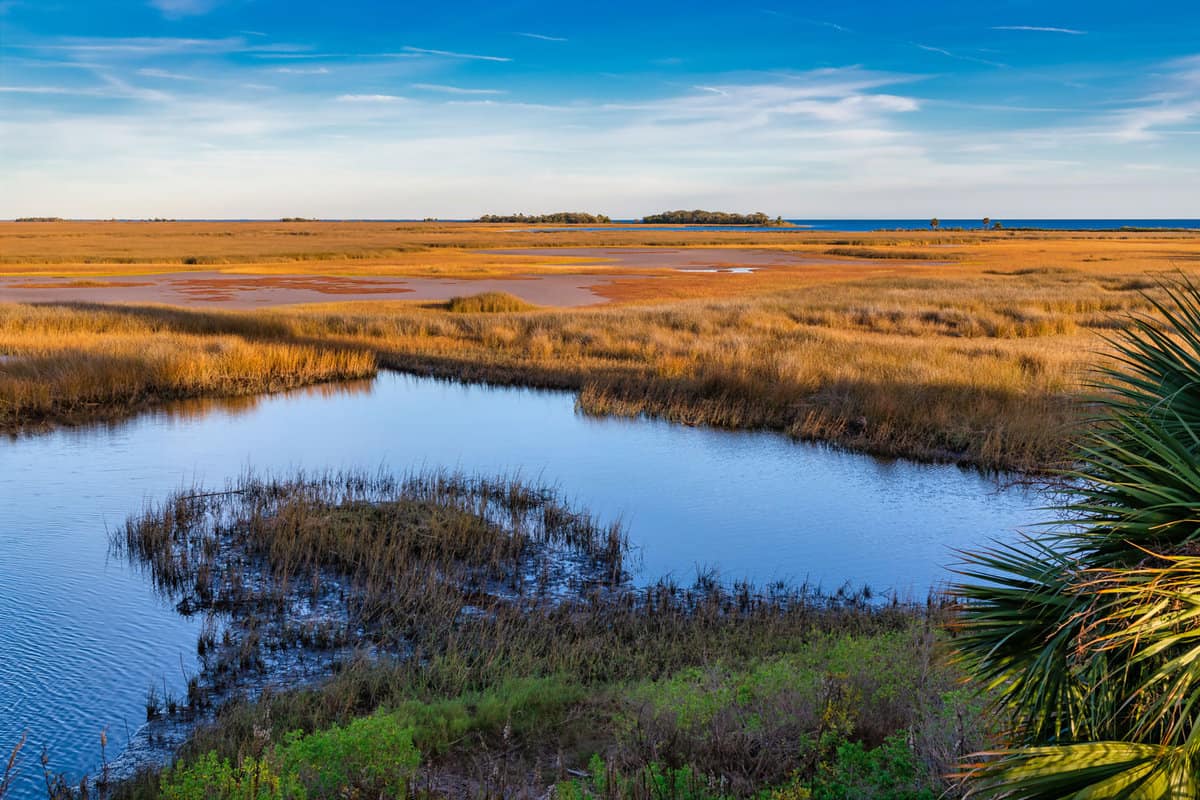
Spanning over 70,000 acres, St. Marks National Wildlife Refuge is a vital stopover point for migratory birds, including the Roseate Spoonbill.
Located in Florida's Panhandle, the refuge is made up of saltwater marshes, tidal flats, and pine forests. These diverse environments offer excellent bird-watching opportunities, making it a popular choice for enthusiasts.
To increase your chances of spotting a Roseate Spoonbill, you should visit during their peak migratory season and bring a pair of binoculars for better viewing.
6. Fort Matanzas National Monument

Fort Matanzas National Monument offers more than just a trip down history lane. Located on Rattlesnake Island, the fort is also a viable locale for spotting Roseate Spoonbills.
The monument's varied environments—ranging from marshes to coastal vistas—provide multiple opportunities to observe these birds.
Their vibrant plumage often stands out against the fort's historic stone walls, offering excellent photo opportunities.
Early morning or late afternoon visits are generally the best times to see these birds in action.
7. Alafia River State Park
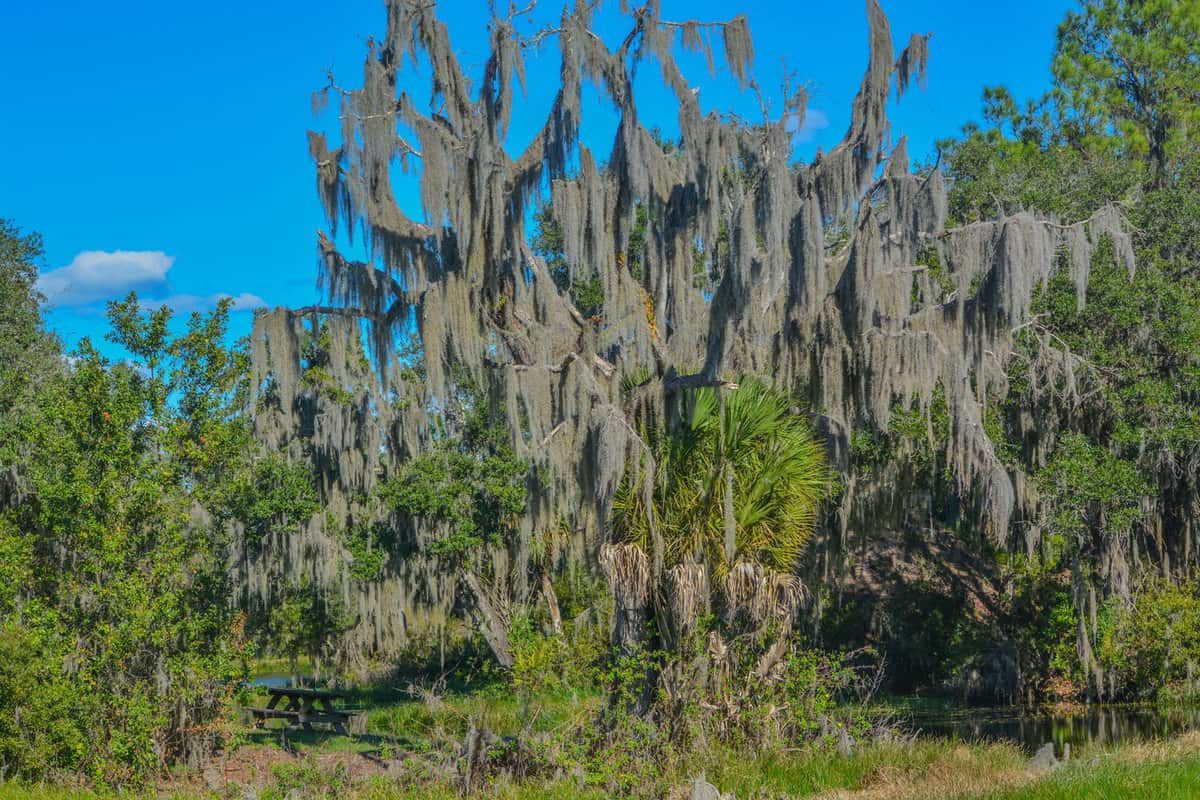
Alafia River State Park, situated in the Tampa Bay area, offers a mixed landscape of swamps, marshes, and pinelands.
These diverse habitats are home to a broad spectrum of bird species, including the Roseate Spoonbill. The park's trail systems offer excellent vantage points for bird-watching.
Carry a bird guidebook to help you identify various species, and consider investing in a camera with a decent zoom lens for capturing their beauty up close.
8. Fort DeSoto County Park
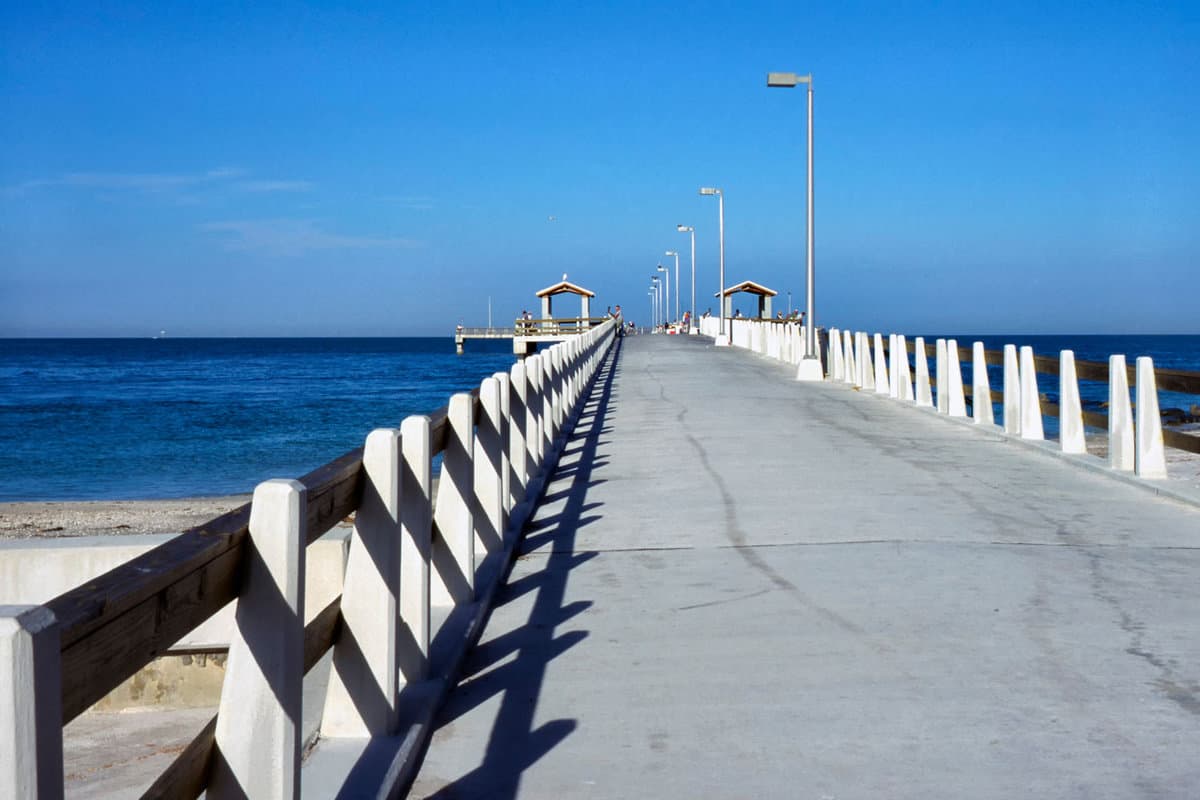
A destination favored by both locals and tourists, Fort DeSoto County Park features interconnected islands that span over 1,136 acres.
Here, you'll find various ecosystems—from sandy beaches to tranquil lagoons and mangroves—all offering habitat to the Roseate Spoonbill.
To maximize your bird-watching experience, visit the park's dedicated "bird sanctuary" areas and use the available bird-watching towers and platforms.
9. Pinellas Bayway
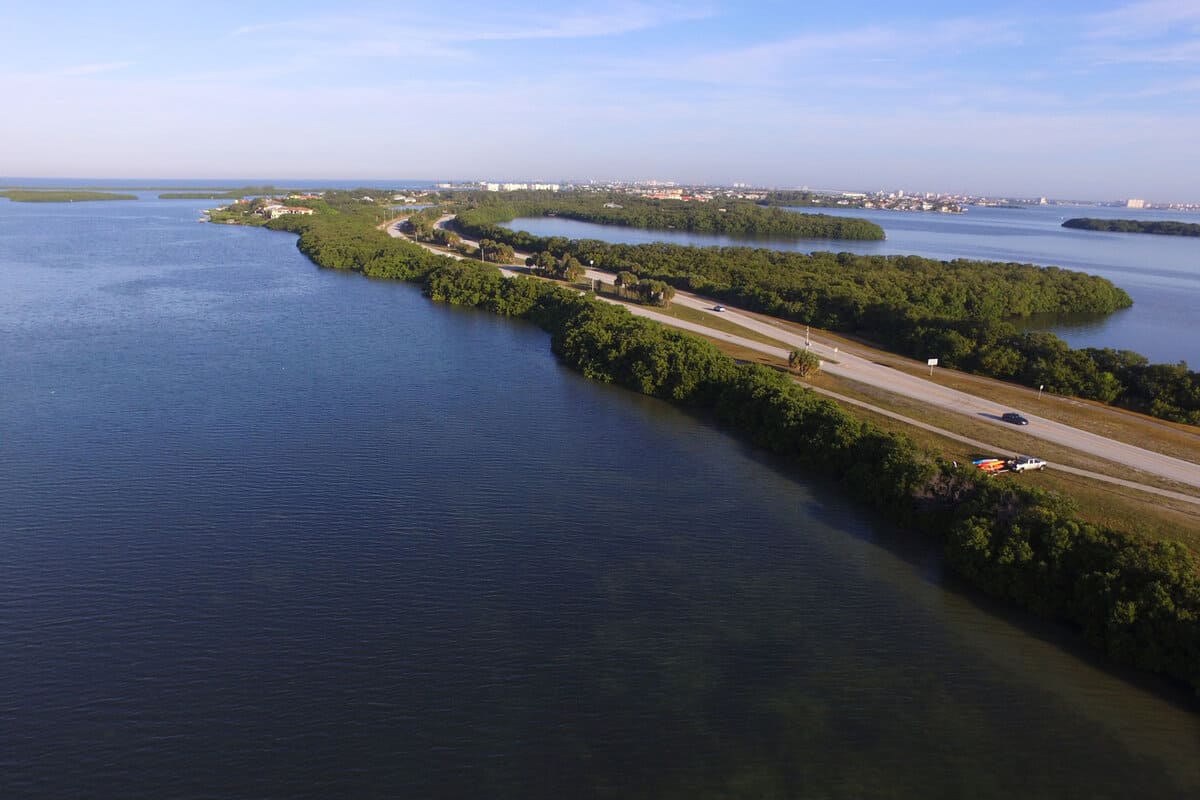
Pinellas Bayway is a convenient route connecting St. Petersburg to various barrier islands.
It’s also a corridor where Roseate Spoonbills have been known to fly over the open water of Tampa Bay.
In designated areas, you can safely park your car to observe these birds, especially during their migratory seasons. A tip for keen bird-watchers: bring a scope for long-distance viewing across the Bay.
10. Key West and Surroundings
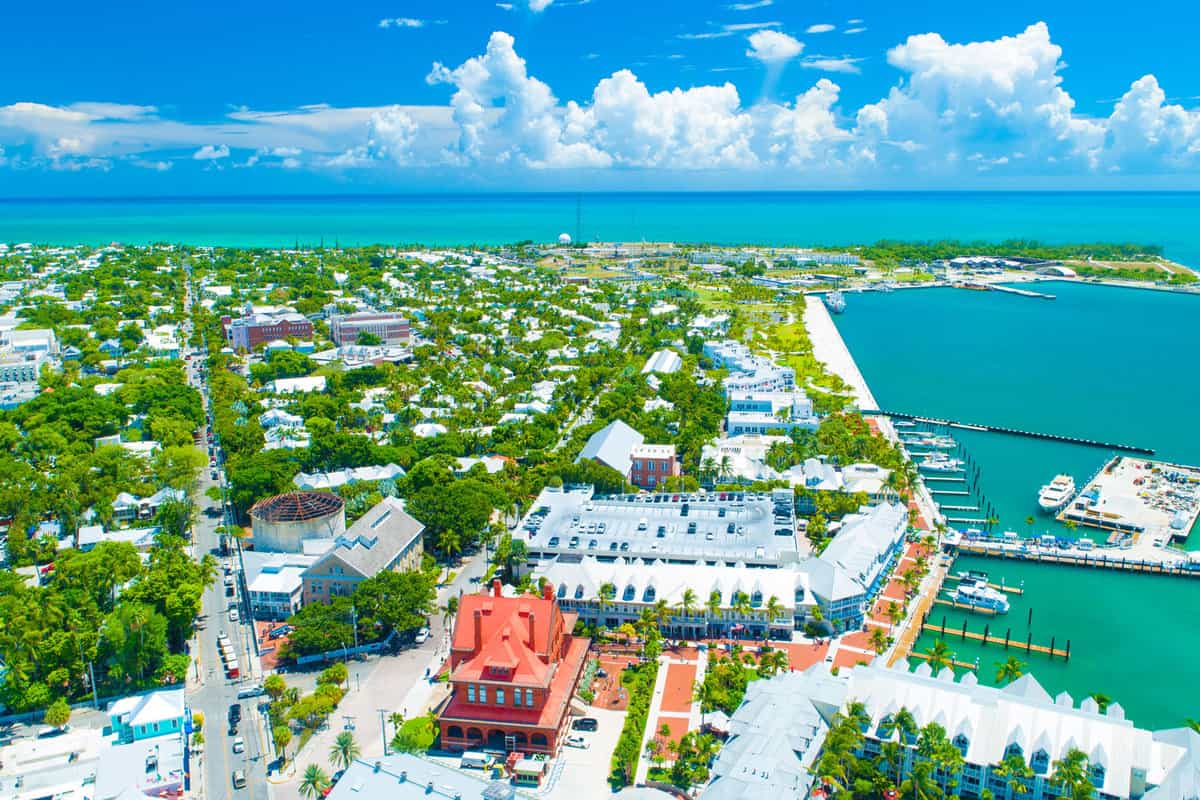
From Mile Marker 93 to Key West itself, these locations offer glimpses of Roseate Spoonbills amidst the tropical beauty of the Florida Keys.
These locations are part of a broader ecosystem supporting a rich bird life diversity. The birds can often be seen foraging in the shallows near mangroves or flying overhead in small flocks.
For the most rewarding experience, consider taking a guided bird-watching tour offered by local experts who know the best spots for observation.
Also read: 17 Iconic Animals to Spot in the Florida Keys
Roseate Spoonbill Characteristics
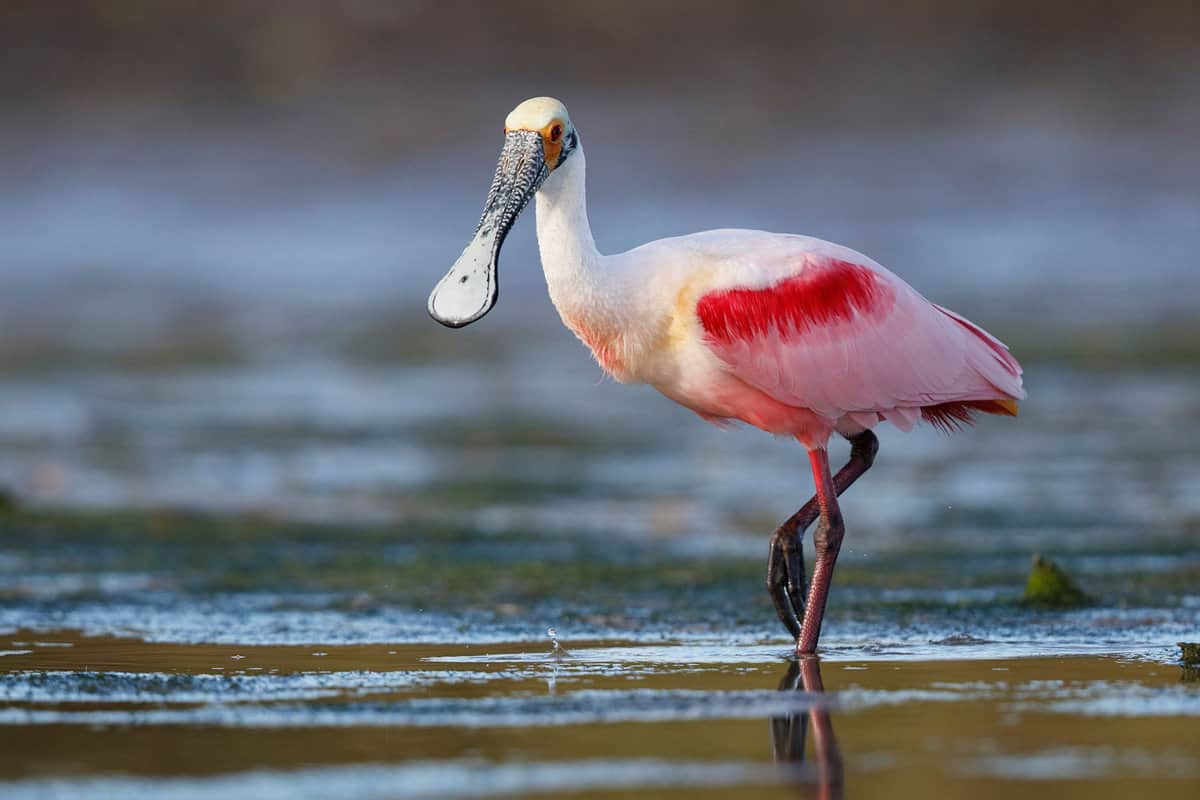
Roseate Spoonbills are unique and beautiful birds that are a sight to behold. Here are some characteristics that make them stand out:
Feathers
Roseate Spoonbills have a striking appearance with their pink plumage and white neck. Their feathers are soft and fluffy, and they have a delicate appearance.
Shape
Roseate Spoonbills have a distinctive shape with their long legs and necks. They are medium-sized birds, and their wingspan can reach up to 50 inches.
Pink Color
The pink color of the Roseate Spoonbill comes from the pigments in their food. Their diet consists of small fish, crustaceans, and insects that contain carotenoids, giving them pink color.
Spoon-shaped Bill
The spoon-shaped bill of the Roseate Spoonbill is used to scoop up food from shallow water. They use their bill to sift through the mud and water to find their prey.
White Neck
The white neck of the Roseate Spoonbill is a stark contrast to their pink plumage. This feature makes them easy to spot in the wild.
Pinkish Legs
The pinkish legs of the Roseate Spoonbill are another characteristic that makes them stand out.
Their legs are long and thin and used to wade through shallow water.
Practical Tips for Bird-Watching Enthusiasts in Florida
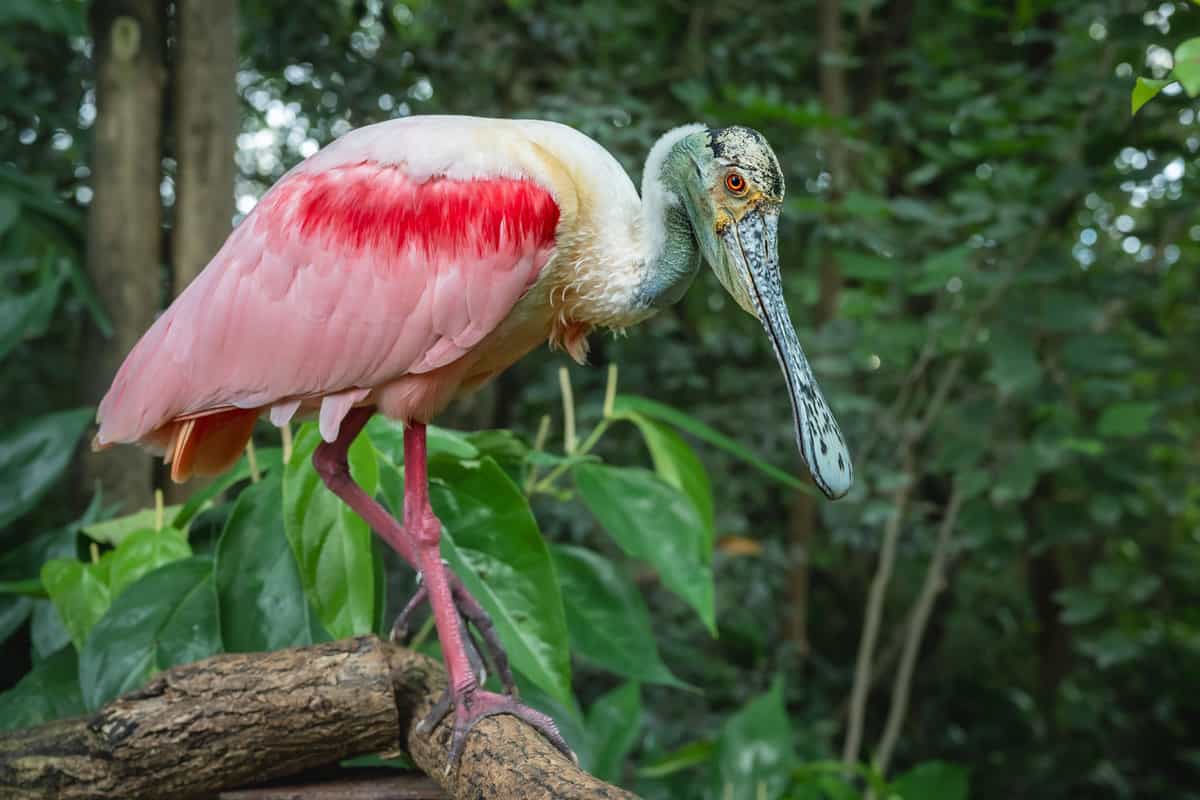
When observing the captivating roseate spoonbills in Florida, having a few practical guidelines in mind is essential.
Ensuring a respectful and safe bird-watching experience benefits you and the magnificent creatures you've come to admire.
Bird-Watching Etiquette
Maintain a Safe Distance: Always keep a respectful distance from the birds. This ensures they aren't disturbed, especially during crucial activities like feeding or nesting.
Tread Lightly: Stick to designated paths and avoid making loud noises. Remember, this is their home.
Leave No Trace: Carry out whatever you bring in. Litter can be hazardous to birds and other wildlife.
Best Times for Observation
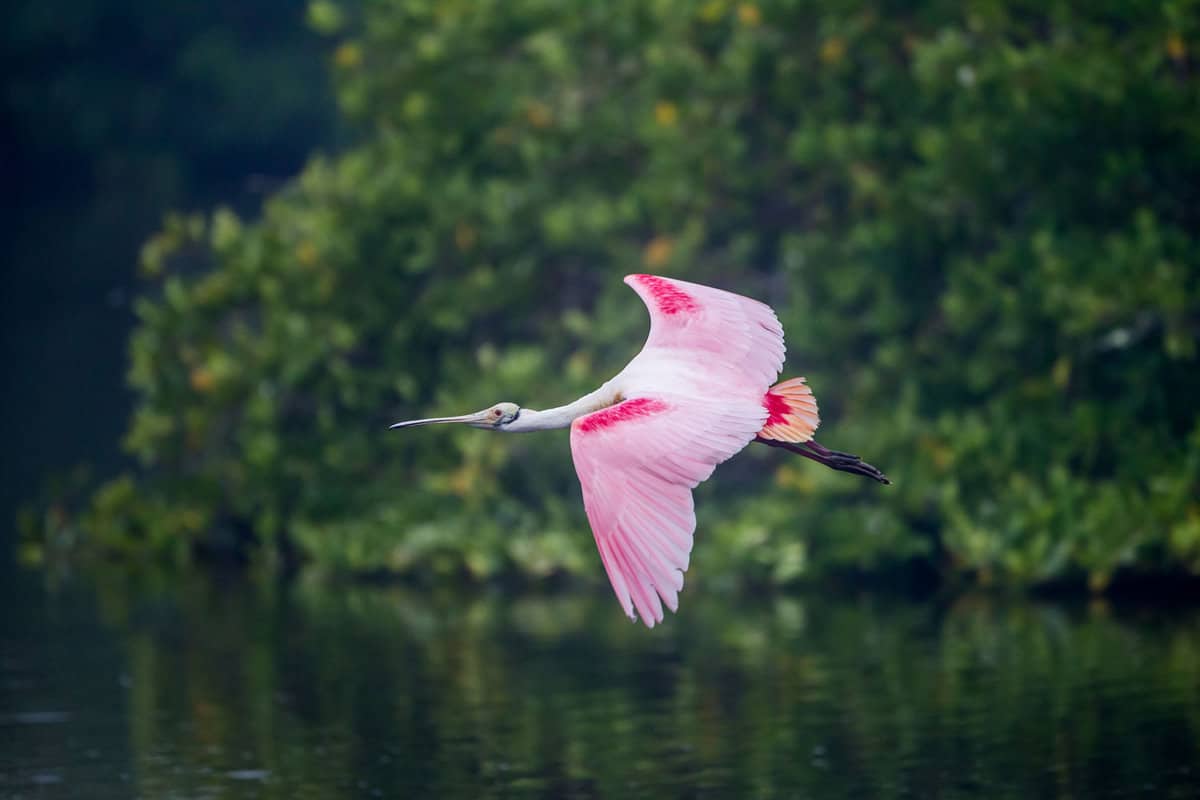
Early Birds: Dawn is often the best time since many birds are most active during the early morning hours.
Golden Hour Delight: Late afternoon, or the 'golden hour,' is another great time to spot roseate spoonbills as they return to their roosting areas.
Equipment Essentials

Binoculars: A good pair of binoculars is a bird-watcher's best friend. Opt for one with 8x42 magnification for the best balance between size and magnification.
Camera with Zoom Lens: If you wish to capture their beauty, a camera with a decent zoom lens will ensure clarity without needing to approach closely.
Bird Guidebook: A local bird guidebook can help you identify spoonbills and other local avian wonders.
Notebook & Pen: For the passionate bird-watcher, noting down observations can be both fun and informative.
Safety Precautions
Stay Informed: Some areas, especially marshes, and wetlands, might house other wildlife like alligators. Be aware of your surroundings.
Dress Appropriately: Wear long-sleeved shirts and pants to protect against mosquitoes and the sun. Closed shoes or boots are also recommended.
Hydration is Key: Florida's heat can be draining. Always carry enough water to stay hydrated.
Sun Protection: Don't forget sunscreen, a wide-brimmed hat, and sunglasses to shield yourself from the strong Florida sun.
Remember, the joy of bird-watching is in the connection with nature.
These practical tips will ensure a memorable and respectful experience with the roseate spoonbills and the vast array of wildlife Florida offers.
Threats and Conservation
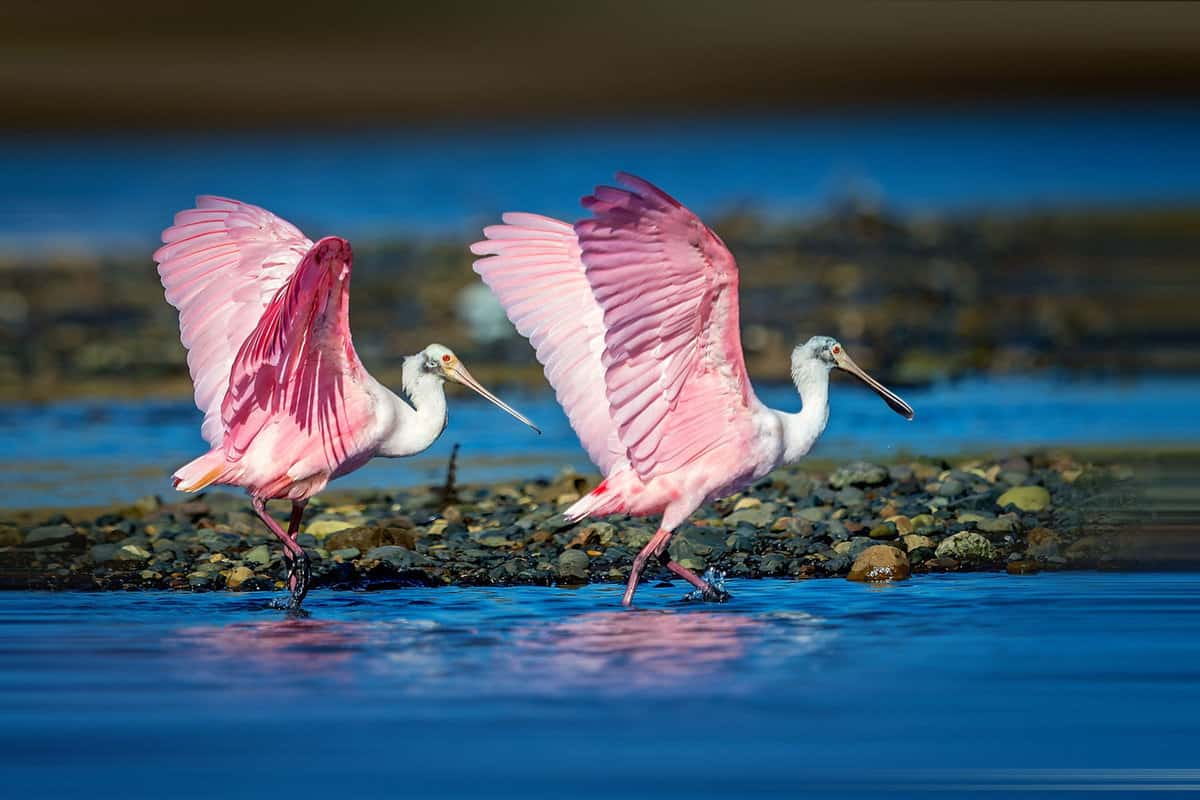
Roseate Spoonbills are considered a threatened species in Florida.
They are at risk due to habitat loss and destruction caused by human activities such as coastal development, drainage, and dredging.
The loss of mangrove forests and wetlands, essential habitats for these birds, has also significantly threatened their survival.
Sea-level rise, caused by climate change, is another significant threat to the survival of Roseate Spoonbills. Rising sea levels can cause flooding of nesting sites, leading to the destruction of eggs and nests.
To address these threats, conservation efforts have been implemented.
The Florida Fish and Wildlife Conservation Commission has implemented measures to protect the Roseate Spoonbill and its habitat.
The commission has designated the bird as a Species of Special Concern and has set up conservation areas to protect their habitats.
Disturbance is another threat to the survival of Roseate Spoonbills.
Personal watercraft and outboard-powered boats can cause disturbance to foraging and loafing waterbirds. Buffer zones have been established to protect these birds from disturbance caused by personal watercraft and outboard-powered boats.
Despite the threats, the population of Roseate Spoonbills has rebounded in recent years due to successful conservation efforts.
The engagement of communities in climate science and bird conservation has also played a significant role in the conservation of these birds.
What Time of Year is Best for Seeing Roseate Spoonbills in Florida?
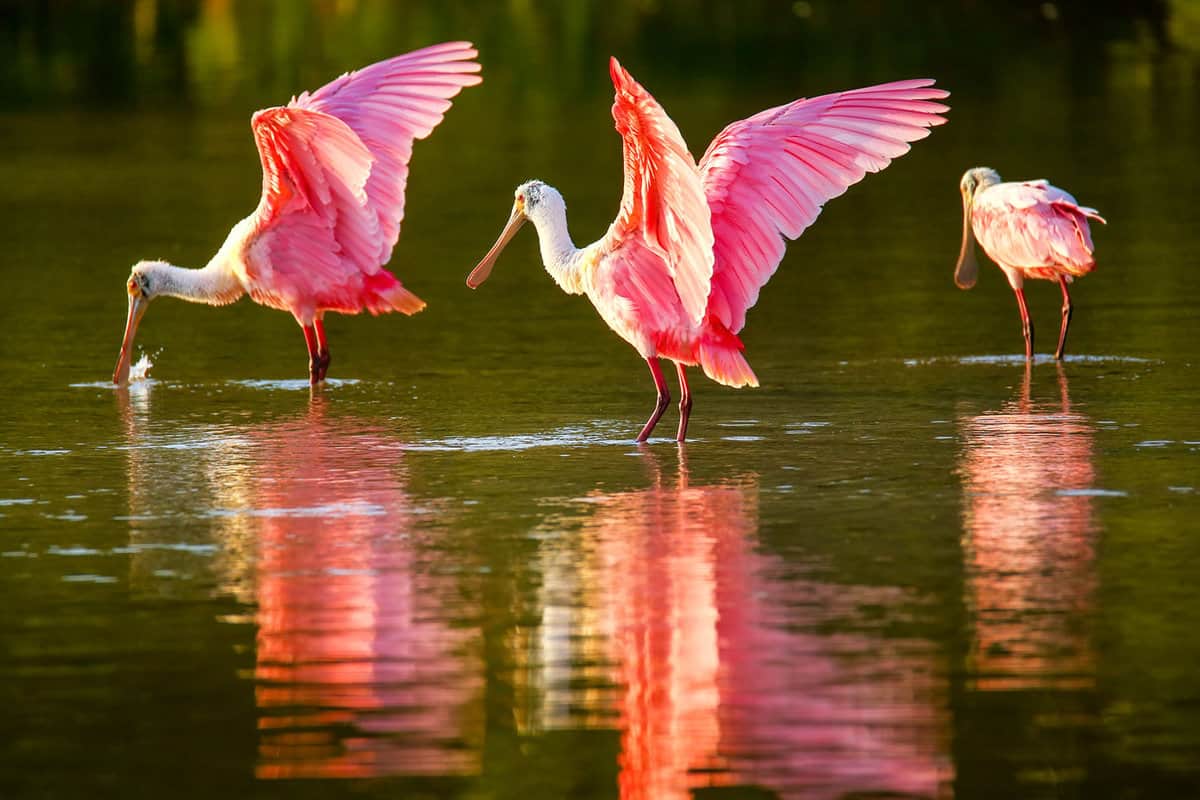
Roseate spoonbills can be seen in Florida year-round, but the best time to see them is during their breeding season, which typically runs from late winter to early summer.
During this time, the spoonbills are more active and visible as they build their nests, court, mate, and raise their chicks.
In Florida, the breeding season for roseate spoonbills usually begins in February and lasts until July. The peak breeding season is from March to May.
During this time, the spoonbills can be found in various habitats throughout the state, including mangrove swamps, estuaries, and wetlands.
Visitors to the state are encouraged to keep an eye out for these beautiful birds and to enjoy their unique beauty and grace in their natural habitat.
The Importance of Roseate Spoonbills in Florida's Ecosystem
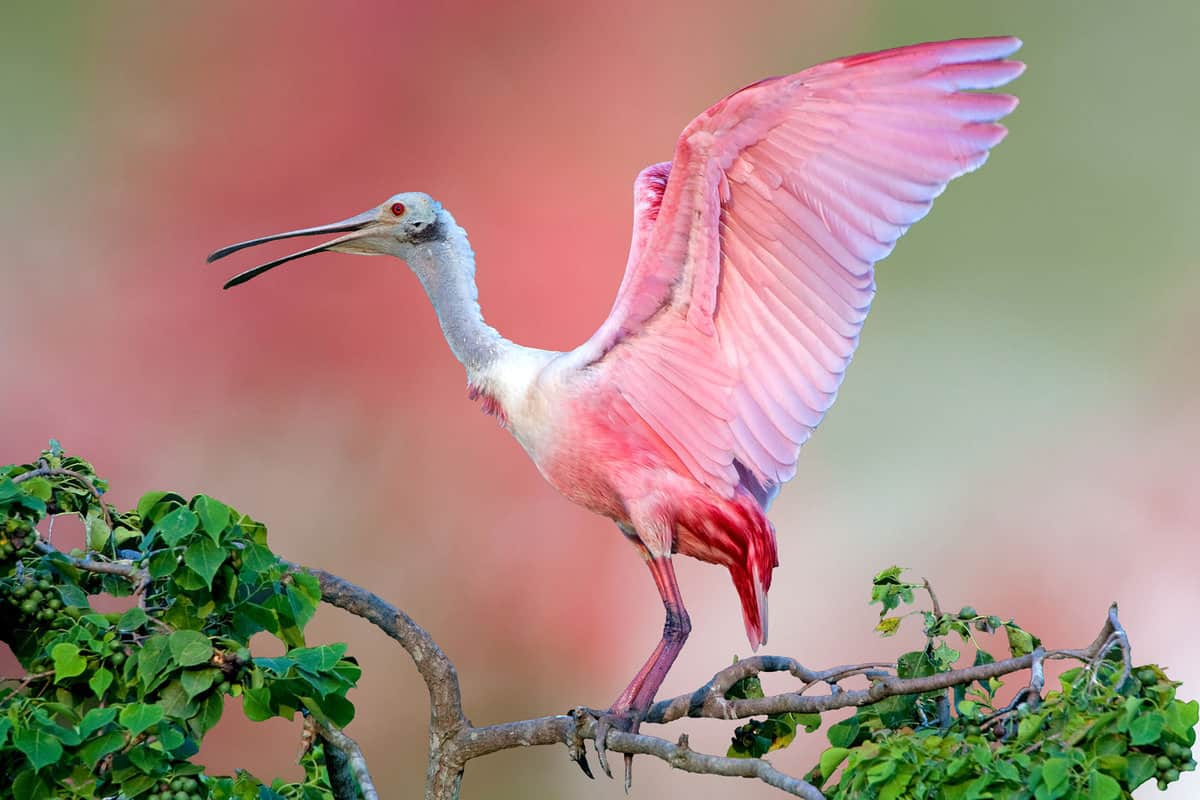
The presence of Roseate Spoonbills in Florida serves as an important indicator of the health and diversity of the state's natural habitats.
These distinctively colored birds contribute to the ecological richness and attract attention to the importance of environmental conservation.
They inhabit specific areas that are crucial to other species as well, making their conservation important not just for their survival but for the overall biodiversity of the region.
If you plan to observe these birds, it's also an opportunity to engage with broader conservation efforts. Keep in mind that responsible bird-watching practices can contribute to their long-term well-being.
By taking an active role in protection and responsible tourism, we can help ensure that Roseate Spoonbills continue to be a part of Florida's diverse wildlife for future generations.
To learn more about Florida's fauna, also read:
Can Flamingos Fly? Discover The Magic In Flamingo Beach Florida
Where To See Dolphins In Florida: Your Ultimate Guide
